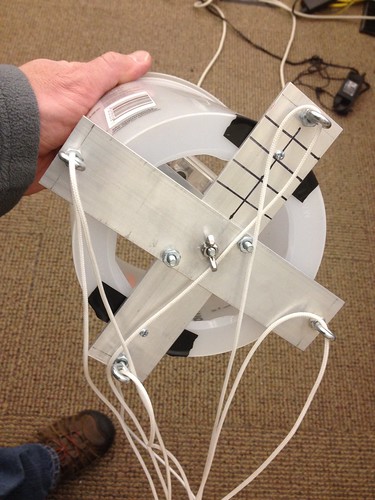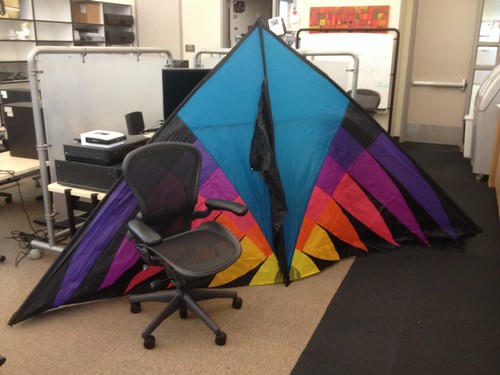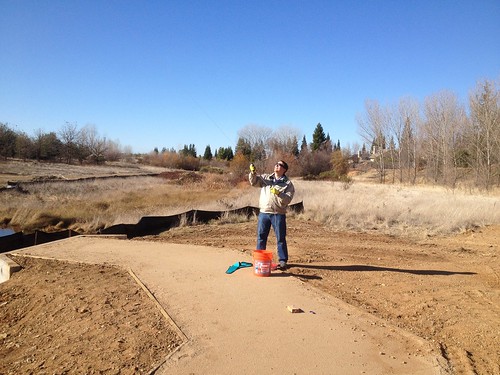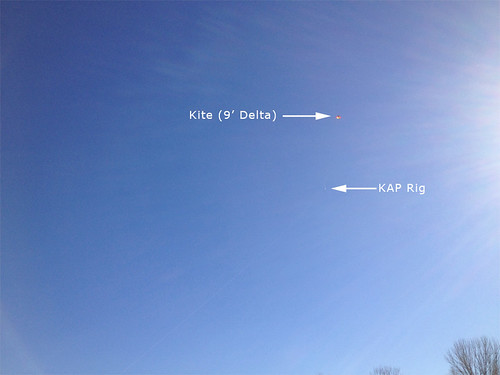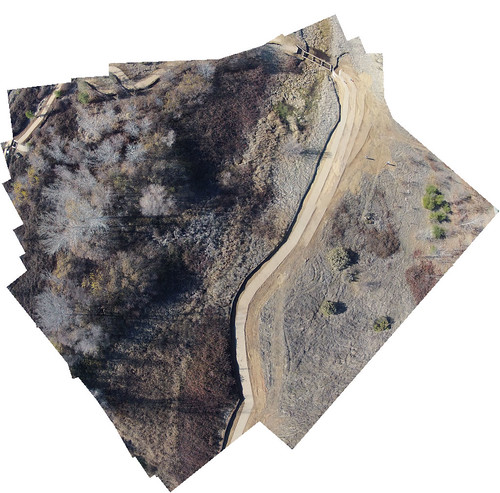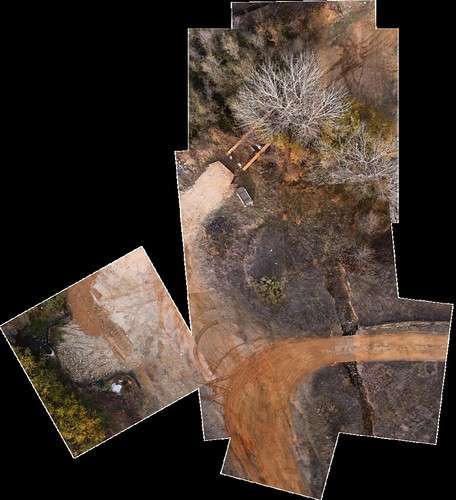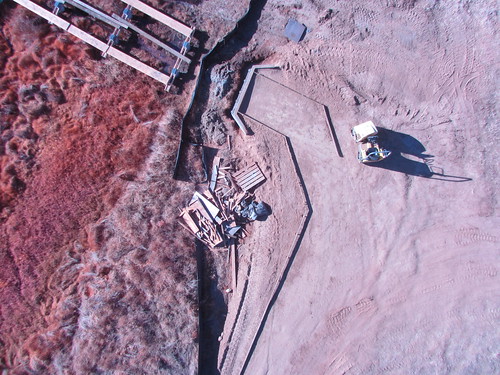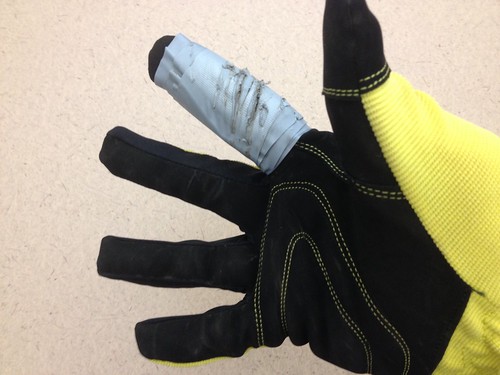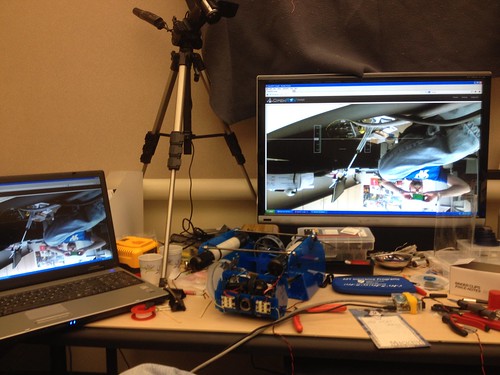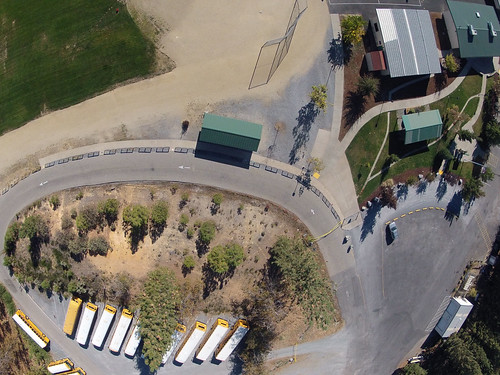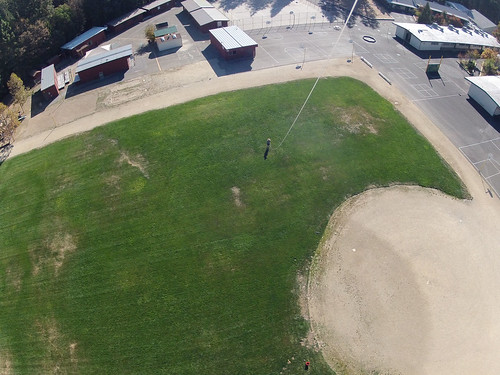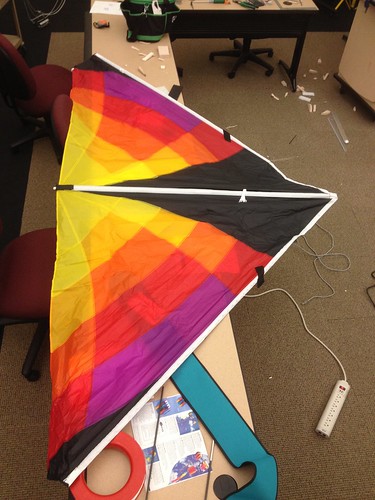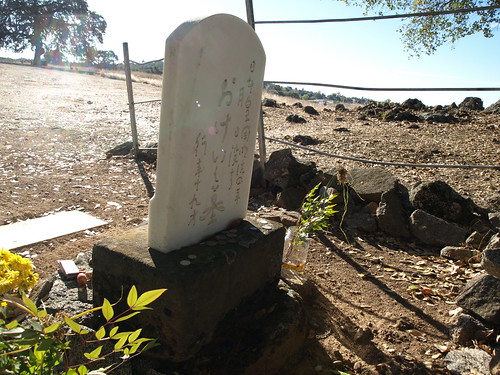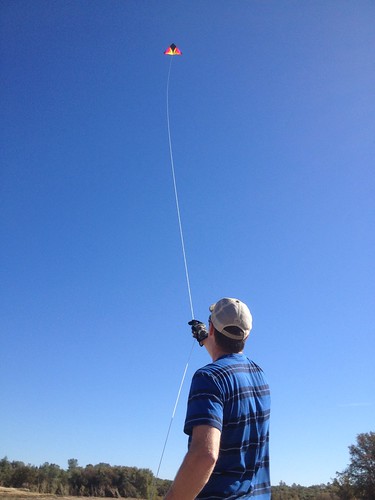A few months ago, I wrote a proposal to equip three faculty members – myself, and professors Fowler (CIS) and Pittman (Geosciences) with Glass for the purposes of instructional R&D. After a bunch of budget and purchasing contortions, the units were ordered and arrived just yesterday.
Here’s what we’ve learned so far:
- Google Wallet is the only way to pay for the devices, and this made purchasing relatively difficult. With the help of folks in Business Services locally and Purchasing at the DO, we were able to make it happen.
- Glass won’t work with our college wireless networks. To use WiFi, glass needs a simple network + passcode, and our networks around here require much more than that. We’re working to see if IT can get some easier-to-access R&D wireless network going.
- It seems to be way more difficult for folks who wear glasses to find the visual sweet spot. Not so for those without glasses, or for those with contacts. I’m a glasses wearer, so I need to make an appointment to get prescription lenses for my Glass frames.
- I’m stymied by the network issue, and have only been able to use the device at home. As such, I’ve only done basic things – “Okay, Glass – Google such and such,” and “Okay Glass – send a message to so and so.” That sort of thing.
- People are excited about it, as it’s something many have seen or heard about in the news.
More to follow…


